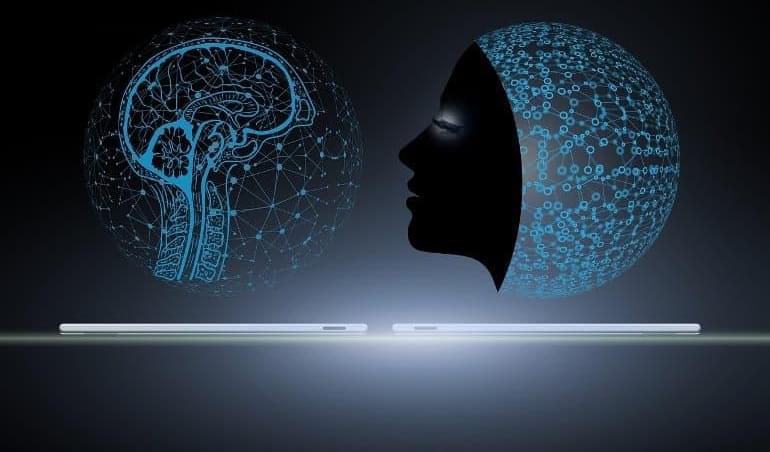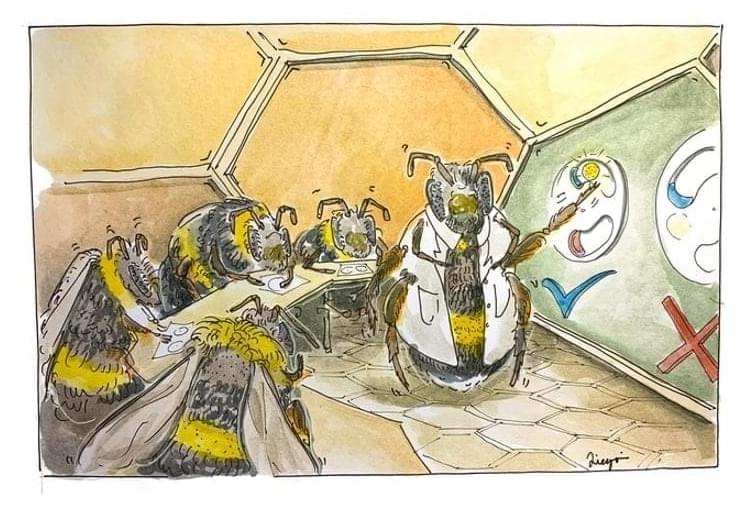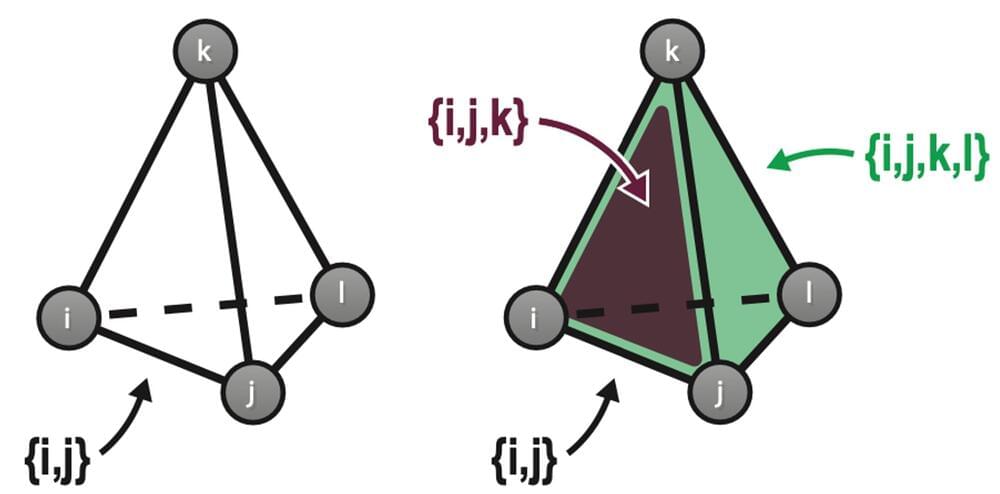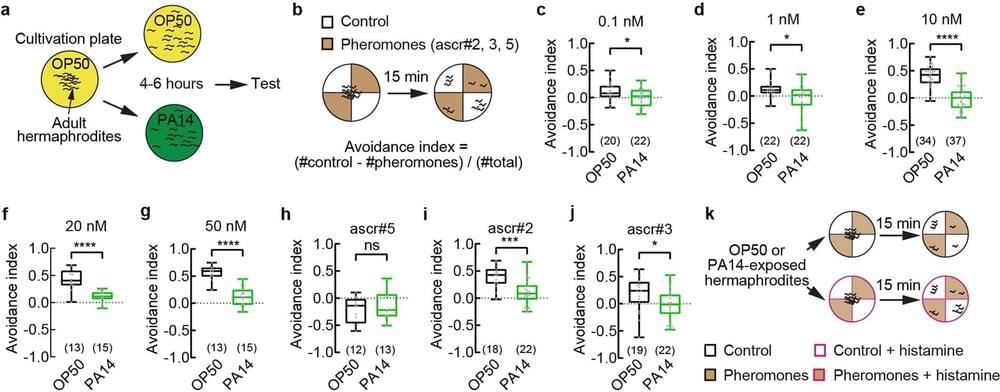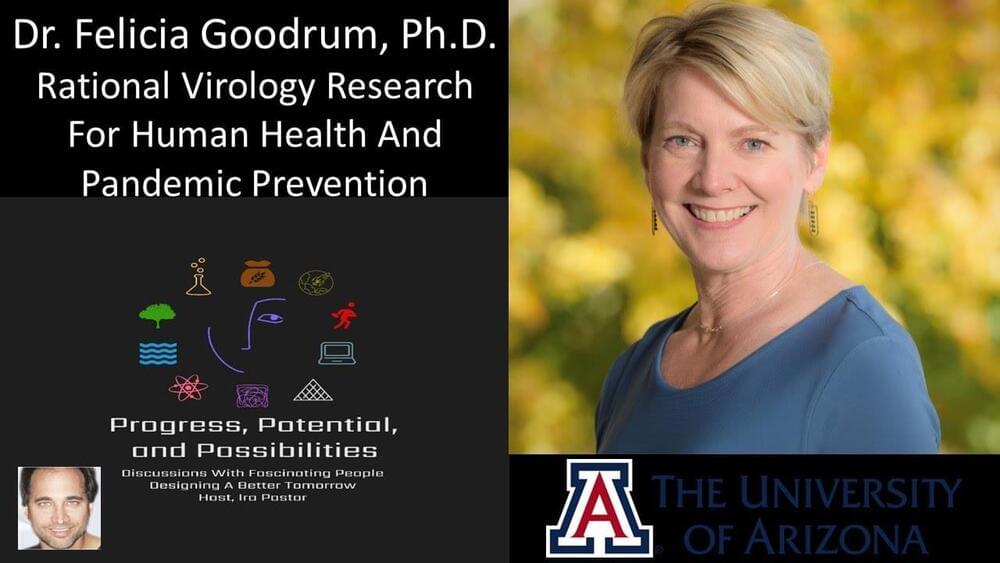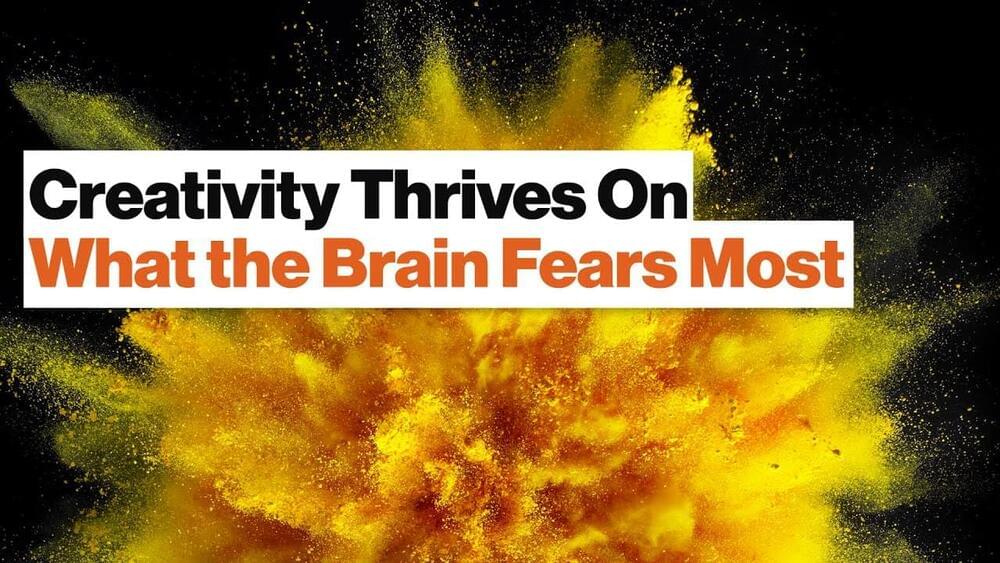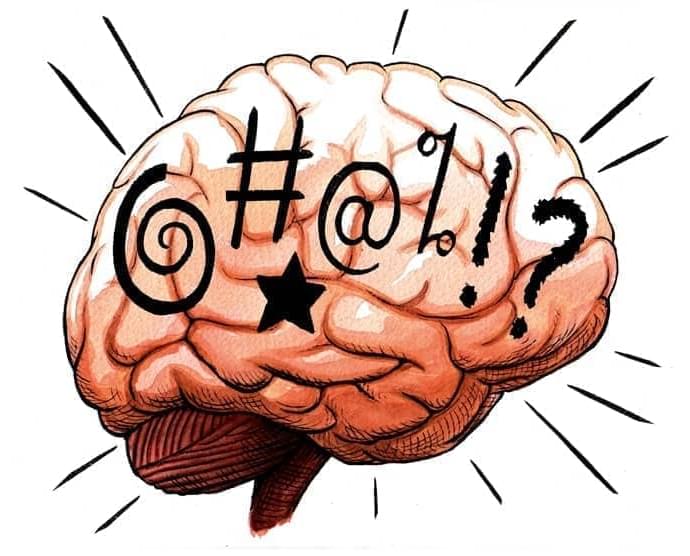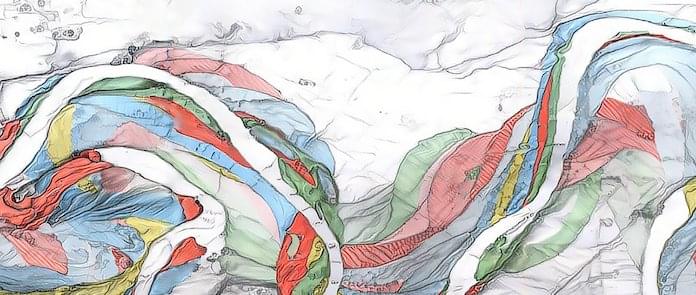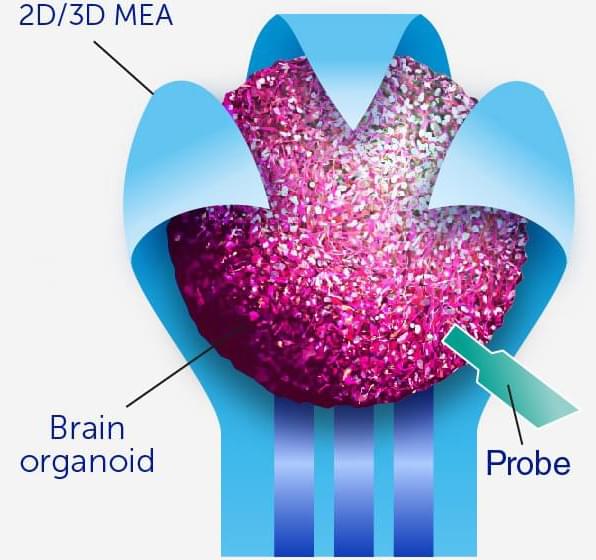Mar 7, 2023
AI Memory: What Makes a Neural Network Remember?
Posted by Jose Ruben Rodriguez Fuentes in categories: biological, chemistry, robotics/AI
Summary: Utilizing a classic neural network, researchers have created a new artificial intelligence model based on recent biological findings that shows improved memory performance.
Source: OIST
Computer models are an important tool for studying how the brain makes and stores memories and other types of complex information. But creating such models is a tricky business. Somehow, a symphony of signals – both biochemical and electrical – and a tangle of connections between neurons and other cell types creates the hardware for memories to take hold. Yet because neuroscientists don’t fully understand the underlying biology of the brain, encoding the process into a computer model in order to study it further has been a challenge.
